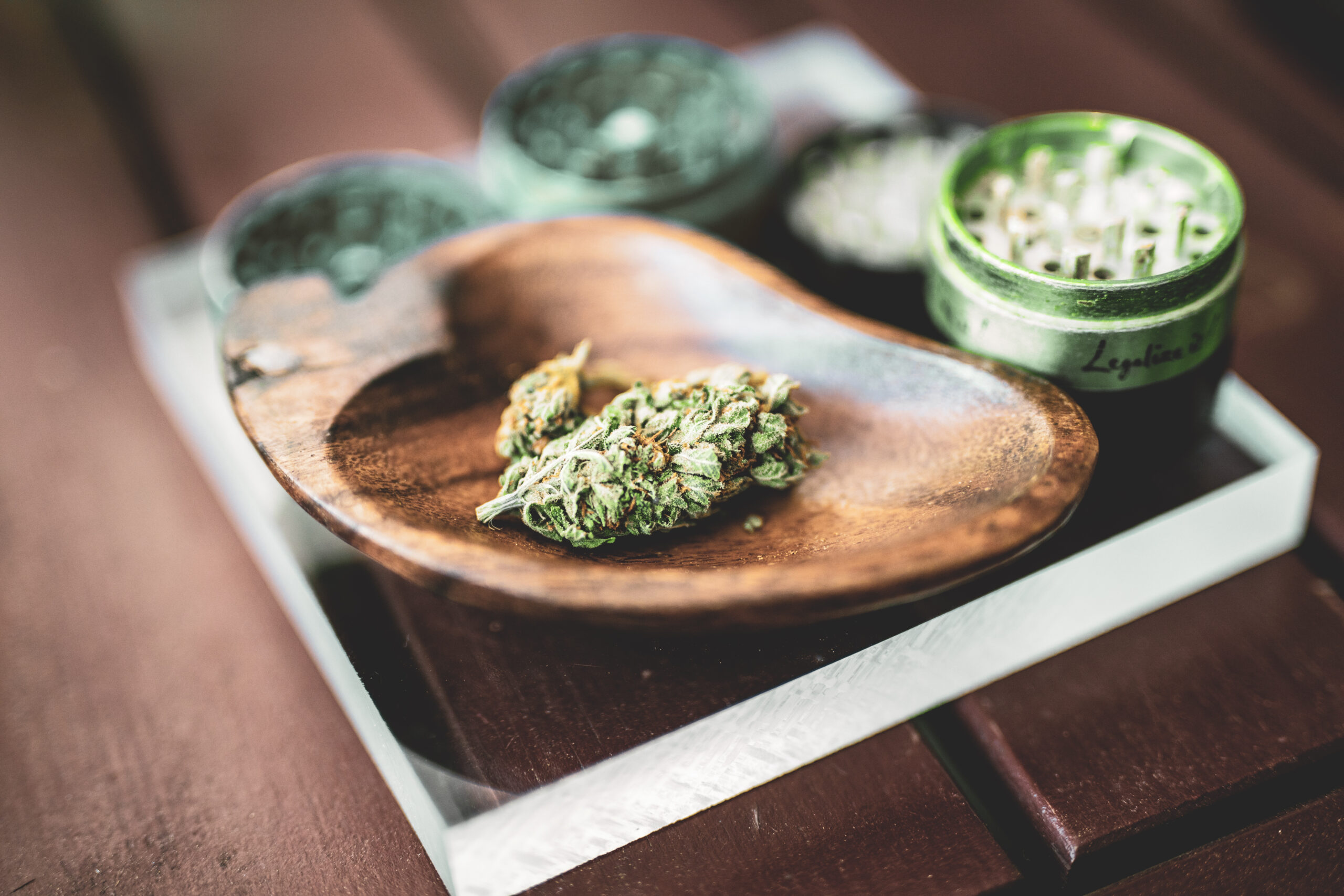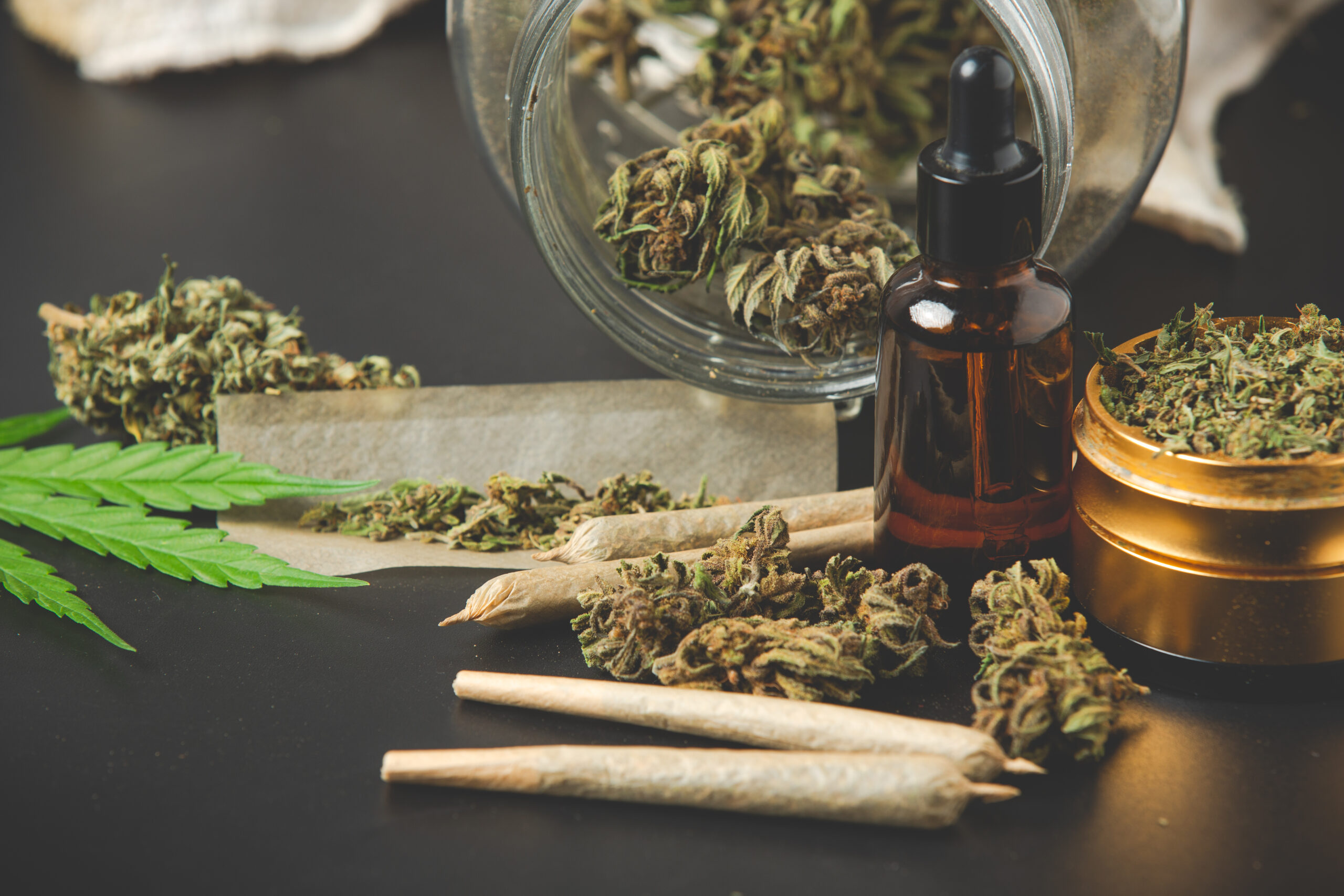What is CBD?

CBD is just one of more than 113 identified cannabinoids in cannabis. A cannabinoid isn’t just specific to cannabis, though. The human body actually produces cannabinoids. These cannabinoids help regulate important functions like inflammation in the human body and studies have actually shown mice with dysfunctional cannabinoid receptors suffer from increased inflammation.
The mice are what led researchers to better understand the human endocannabinoid system. When the researchers applied a cannabis solution to the mice before and after applying an allergen, the mice didn’t suffer nearly as much from allergen-related swelling.
How does Cannabidiol affect the human body?

CBD works much the same way in the human body as it does in mice. It attaches to CB-1 receptors and can actually help to better regulate the bodies own immune response. Because CB-1 receptors are spread throughout the body, CBD affects multiple areas within the body. Just some of the interactions that can occur include:
- CBD is being studied as a promising new way to prevent epileptic seizures. Glutamate is an excitatory neurotransmitter that contributes to seizures. Studies have found that glutamate concentrations increase before and during a seizure. CBD may limit the release of glutamate, which may be why it seems to help reduce seizures in patients.
- Anandamine is a naturally produced endocannabinoid that helps regulate inflammation. CBD has been found to increase anandamide levels, which may contribute to its anti-inflammatory properties. CBD has widely been regarded as a great remedy for arthritis and other inflammatory conditions like IBS by dispensary patients. Scientific studies are beginning to support those claims as well.
- CBD also increases the signals produced by 5HT-1a serotonin receptors. By amplifying the signal these receptors put out when serotonin binds to them, CBD offers mood-regulating effects similar to those of over-the-counter antidepressants without the side effects.
CBD binds to CB1 endocannabinoid receptors. These receptors are found in the skin, musculature, lungs, brain, bowels, liver, pancreas, and a few other places.
The History of Cannabidiol (CBD)
Dr. Roger Adams was working at the University of Illinois when he first discovered CBD in 1940. For reference, THC wasn’t discovered until 1964.
Marijuana strains were historically more CBD heavy before marijuana prohibition. Pre-genetically modified cannabis was even prescribed by Queen Victoria’s physician, Russel Reynolds. He recorded in 1890 that “When pure and administered carefully, cannabis is one of the most valuable medicines we possess.”




